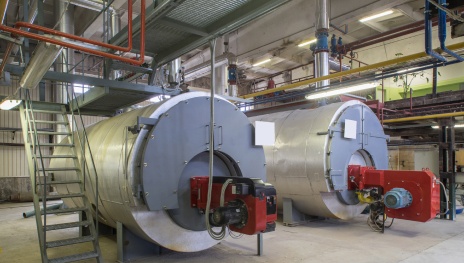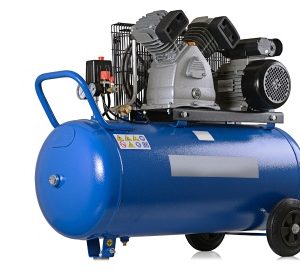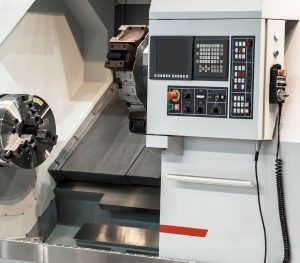In contrast, indirect heating utilizes a thermic fluid to circulate heat from a separate heat source to the process or system. This method offers several advantages, chief among them being the prevention of hot spots. By using a circulating fluid, the heat is more evenly distributed across the system, ensuring consistent temperature control. This not only enhances the efficiency and reliability of the process but also helps in maintaining the integrity of the materials being heated, as it avoids the risk of damage that could be caused by direct exposure to intense heat.
Moreover, indirect heating systems provide the flexibility of using a central heat source to cater to multiple processes or systems simultaneously. This centralization of heat generation can lead to significant operational efficiencies, as it allows for better control and optimization of the heating process. Different parts of the facility can draw the required amount of heat from a single source, tailored to their specific needs, without the necessity for multiple separate heating units. This approach not only simplifies the overall system design but also reduces maintenance and operational costs.
The versatility of thermic fluids makes them ideal for a wide range of industrial applications. They are used in processes that require precise temperature control and consistent heat distribution, such as chemical processing, oil and gas production, and food manufacturing.







